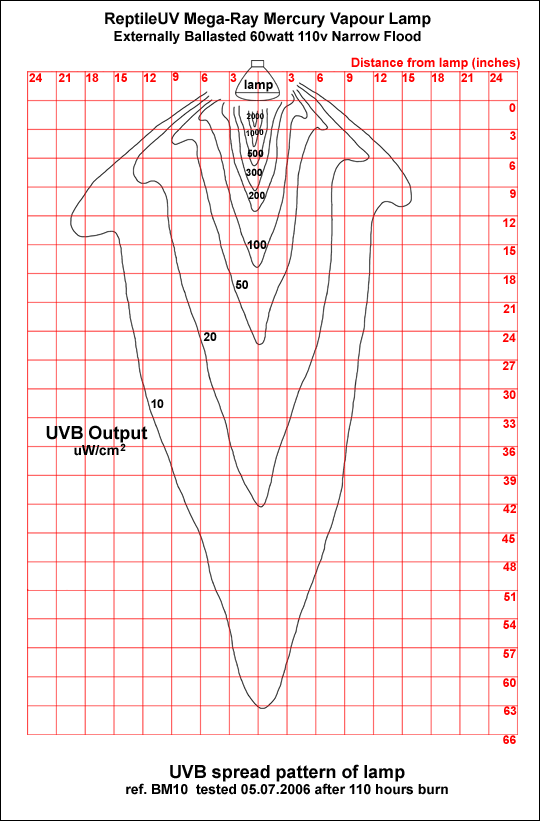Bubbleblower
Member
Just to point out, there is nothing in what you quoted, nor what I quoted, that is different than anything anyone has been writing in this thread with respect to mitigating UV-B damage.
Indeed, but it sure doesn't come across that way and people (not) reading this will have the impression UVA isn't important at all and my statements about that were wrong. They'll just add the UVB and think they are fine.
Yes, as well as other science (published research) I didn’t cite. .
Please cite it, I am very interested. If you can't find it just give me your math.
the MegaRay UV-B lamp
.
These kind of lamps can decay by more than 50% in the first 100 hours. And also:

It's a basking lamp with an extremely small footprint, very bad for growing cannabis.
(specialty narrow-band medical grade lumiaires). using a lab grade UV-B lamps setup.
So you will be using narrowband UVB?


